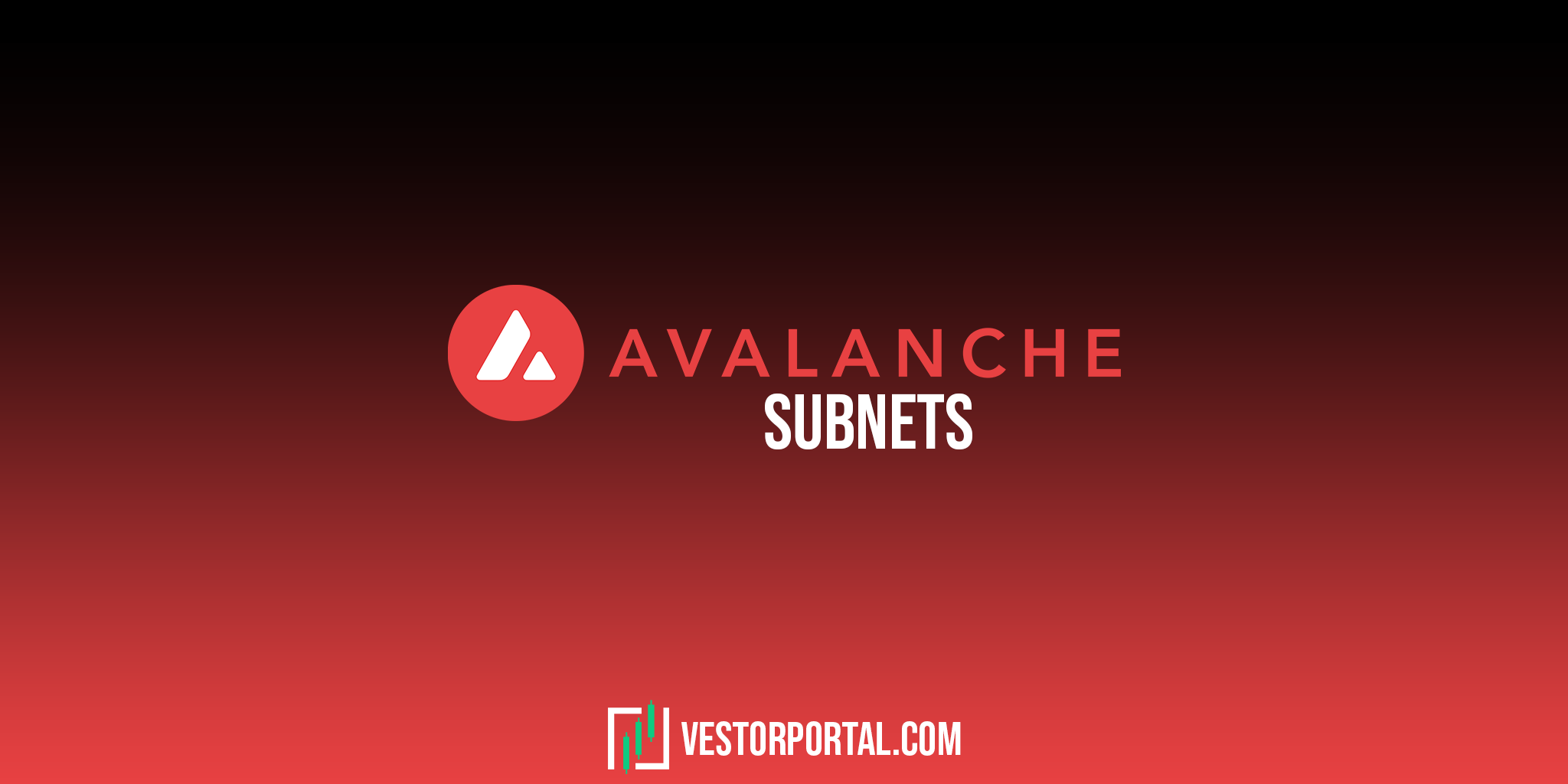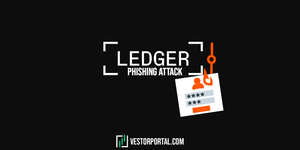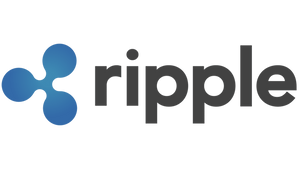Avalanche Subnets will change the Scaling Game!

Without doubt, 2021 was the year of layer 1 blockchains. Since the biggest layer 1 blockchain, Ethereum, has problems with high fees, there are some upcoming layer 1 chains that might fight Ethereum for its position as the number 1 smart contract blockchain.
One of the so-called Ethereum killers is the Avalanche network.
Avalanche is a blockchain which uses smart contracts to support a wide range of blockchain projects, just like Ethereum does. Furthermore, Avalanche processes transactions nearly instant.
What is a Subnet?
A subnet (also subnetwork), is a dynamic set of validators working together to achieve consensus on the state of a set of blockchains. Each of the blockchains is validated by exactly one subnet.
Furthermore, subnets manage their own membership and they may require that their constituent validators have certain properties.
Subnetworks offer a new form of scaling since they work like a layer 2. Compared to a layer 2 subnetworks are more robust, feature-rich, and decentralized.
Scaling possibilities with Subnetworks
Subnetworks allow competing ideas to coexist for a single cryptocurrency. You can implement different subnets with different sharding schemes, or a single subnet with different subchains that each try a own sharding scheme.
Subnetworks also allow for unlimited chain creation for different usecases. If a chain gets used up, you can just launch another one. Different validators can validate different subnets, while they all validate the default subnet.
Subnets will never run out, since you can just keep creating new subnets every time a scaling limit is reached. There is no disadvantage in doing so as long as one can spare the time for creating one.
Subnetworks remain secure by having their own token that must be staked in conjunction with AVAX.
Each subnet with a unique token offers a yield farming DeFi opportunity to validators with stronger nodes, as they can buy tokens to stake and accrue additional interest from subnet fees.
Conclusion
Avalanche covers all of your favorite scaling strategies. While a lightweight and decentralized base layer is always maintained, there will be subnets for sharding, on-chain scaling, and enterprise usecases.
Anyone can launch their own subnet and there can always be another subnet which means unlimited scalability.
Avalanche is the protocol that allows scaling of both transactional throughput and nodes simultaneously. Subnetworks are the protocol of bridging all scaling solutions and niche usecases into a single interoperable ecosystem.
How do you buy AVAX?
One of the easiest ways of buying AVAX is by using exchanges like Kucoin, Coinbase or Binance.
If you do not want to use a centralized exchange you can use a decentralized exchange.
- Learn how to setup a MetaMask wallet for the Avalanche Network
- Learn how to trade on Trader Joe XYZ (biggest DEX on Avalanche)


